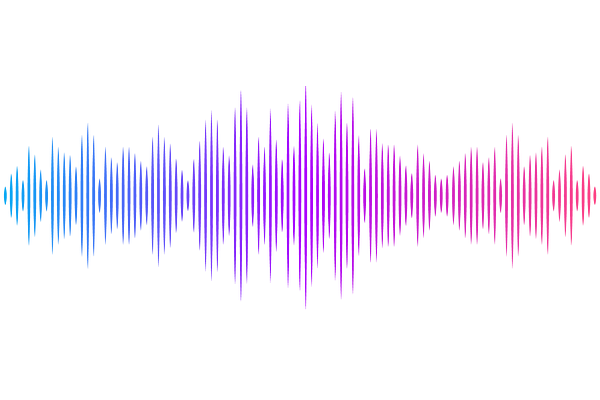AI-powered Deep Visual Proteomics reveals critical molecular transitions in pancreatic cancer precursors

AI-powered Deep Visual Proteomics reveals critical molecular transitions in pancreatic cancer precursors
Min, J.; Schweizer, L.; Zonderland, G.; Selvanesan, B. C.; Oldenburg, L.; Bae, S.-W.; Kim, B. J.; Swanson, B. J.; Klute, K. A.; Caffrey, T. C.; Grandgenett, P. M.; Hollingsworth, M. A.; Ummat, I.; Strauss, M. T.; Mund, A.; Maitra, A.
AbstractPancreatic ductal adenocarcinoma (PDAC) evolves through non-invasive precursor lesions, yet its earliest molecular events remain unclear. We established the first spatially resolved proteomic atlas of these lesions using Deep Visual Proteomics (DVP). AI-driven computational pathology classified normal ducts, acinar-ductal metaplasia (ADM), and pancreatic intraepithelial neoplasia (PanIN) from cancer-free organ donors (incidental, \'iPanINs\') and PDAC patients (cancer-associated, \'cPanINs\'). Laser microdissection of 96 discrete regions containing as few as 100 phenotypically matched cells and ultrasensitive mass spectrometry quantified a total of 8,512 proteins from formalin-fixed tissues. Distinct molecular signatures stratifying cPanINs from iPanINs, and remarkably, many cancer-associated proteins already marked histologically normal epithelium. Four core programs - stress adaptation, immune engagement, metabolic reprogramming, mitochondrial dysfunction - emerged early and intensified during progression. By integrating DVP with AI-guided tissue annotation, we demonstrate that molecular reprogramming precedes histological transformation, creating opportunities for earlier detection and interception of a near-uniformly lethal cancer.